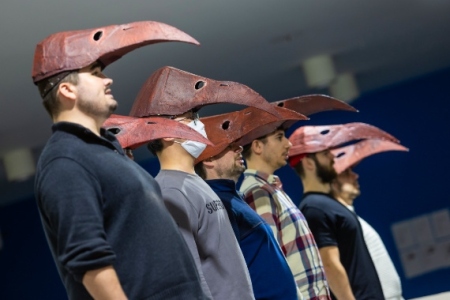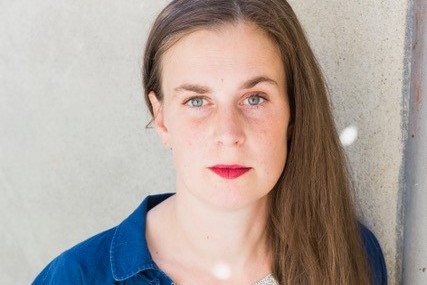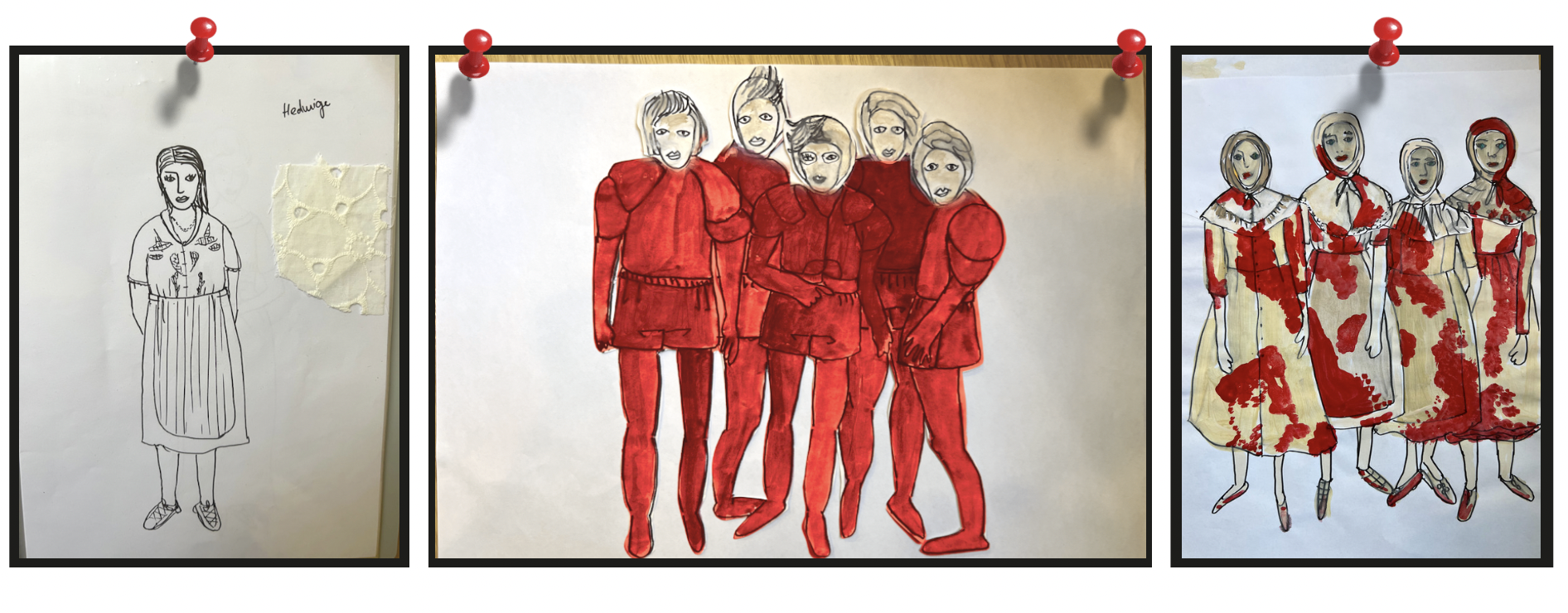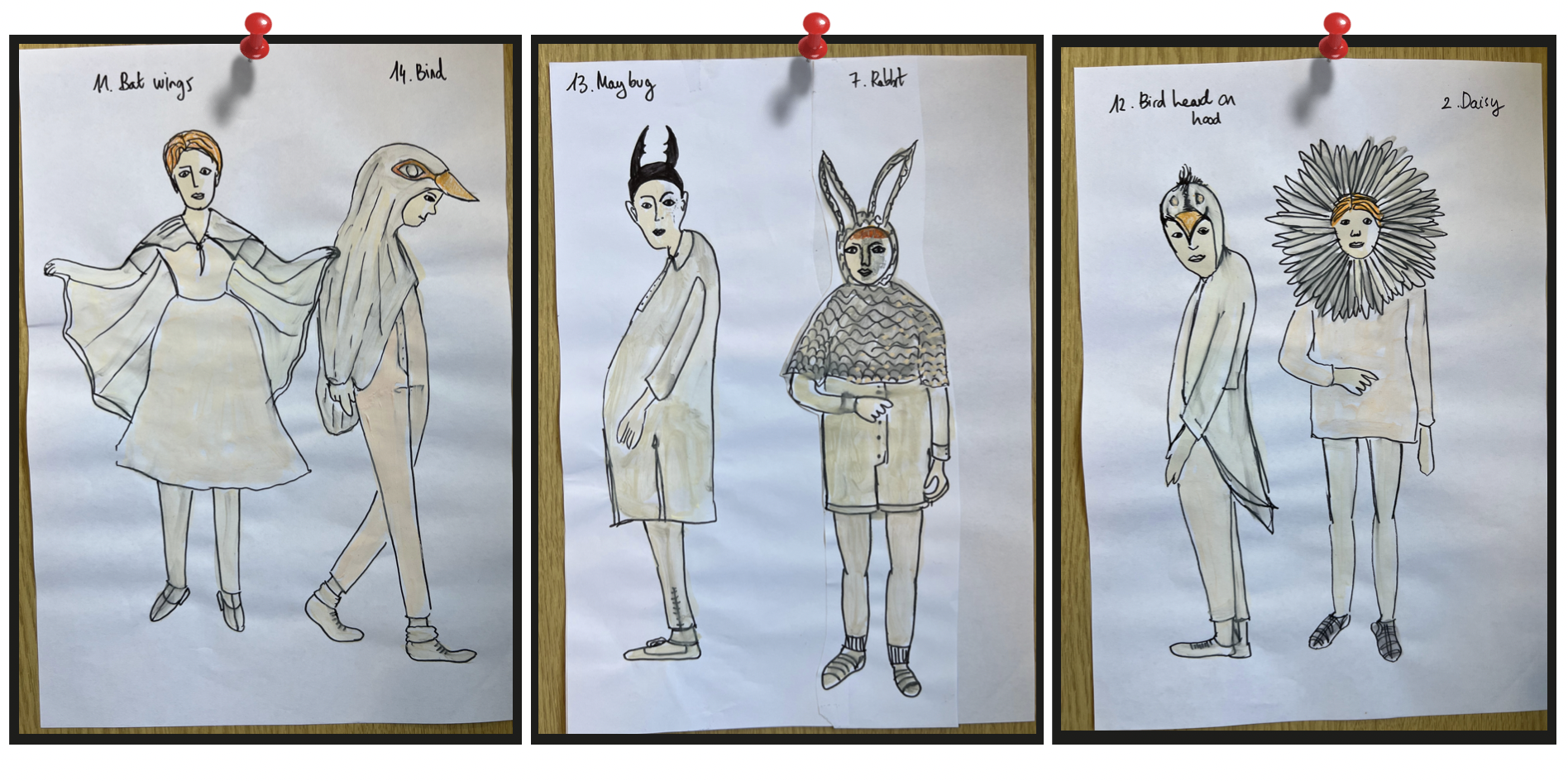Designing Costumes for William Tell

We met up with costume designer Severine Besson who is currently working on our upcoming production of Rossini's William Tell and interviewed her about the design process. Get a first sneak peek on some of the design elements and ideas behind the costumes for #INOWilliamTell!
Could you please introduce yourself and describe your involvement in William Tell?
I am Severine Besson, the costume designer for INO’s production of Rossini’s William Tell. I was born and raised in Lausanne in Switzerland. After graduating from École de Couture in Lausanne, I left to continue my training at École Nationale Supérieure des Arts et Techniques du Théâtre in Lyon, where I studied contemporary and historical costume, learning how to draw patterns for period costumes and then went on to working in Berlin at the Stuttgart Theatre and the Zurich Opera House as a creative assistant. This led me to work regularly with different directors as well as theatre, dance and opera companies. I’ve been working with Julien Chavaz (director) for many years - William Tell will be our tenth production together!

How does one become a costume designer?
I think there is no clear path, there are thousands of different ways. In my case, I grew up in a theatre family - my father builds sets and as a young child, I spent time tinkering away in the costume shop. I know costume designers who were actors, architects or draftsmen before becoming costume designers. Above all, you must have admiration and love for the performers and want to support them and help them perform their best on stage.
What’s your creative process in designing costumes? Was this opera different to others you have worked on?
First, I read and learn as much about the production as I can. Then, after a first meeting with the director, I compile hundreds to thousands of images which can range from paintings, photographs of people and objects or animals to colourful assemblies, creating one big mood board. Then from meeting to meeting, I sort through them, refining what works best and then start to draw in order to judge the harmony of the ideas. I connect my drawings with more precise image boards and pick the right place for it to appear in the production - of course, all in agreement with the set designer and director!
However, each project is different - the process that leads to the result you see on stage for the opening night is unique every single time.
What’s your starting point? Would you take inspiration from historical styles, or other operas, or from another source entirely?
Often, I am working on several productions at the same time. I can see that my inspirations intersect and positively influence my creative process.
Could you explain the way you have used colour to tell the story in William Tell? What is special about the costumes in this production?
Julien and I both love to use the colour to tell stories and visually convey the dramaturgy to the audience. For this opera, we’ve decided to go with two main colour ideas: different shades of white and red. The white represents the innocence and purity of the Swiss people, living in harmony with nature, whereas the Austrian oppressors wear red. Slowly throughout the different stages of the opera, the clothes of the Swiss villagers get dyed more and more red, as the Austrians are infiltrating their existence and pollute their way of living.

For this production, the idea is binary and the result may seem "simple", however it did involve a lengthy research process. We created the costume ideas during the first lockdown in Switzerland, working remotely, which forced me to be more organised with my documents and my thinking in order to be able to transmit my ideas to my colleagues. It was less spontaneous than meeting around a table, so from a human point of view, less enjoyable, but without any doubt William Tell involved great research and an immense experimentation of the possibilities available to us.
Another interesting aspect of the costume design in this opera is that the Swiss people live in such harmony with nature, that some of them have even merged with it.

What aspect of making the costumes for William Tell excites you the most?
The most exciting for me is the huge number of performers, and the challenge that this represents. It's the first time I've created a piece with so many people and it's very exciting. But of course, it’s also fantastic to come to Dublin and meet all the talented artists involved in this project and learn from their techniques and skills. It’s been such a great opportunity to learn and grow.
What’s your favourite thing about being a costume designer?
That's difficult to choose! I like the creative freedom to explore my ideas, while tailoring each idea to the type of production I’m working on. I also love the human adventure, and making beautiful images for audiences to enjoy.
And finally, why do you think audiences should go to see William Tell?
Julien Chavaz has the talent to make the most complex works accessible to everyone. We all put our hearts and love into making this production fantastic, and I can’t wait for everyone to see it!
